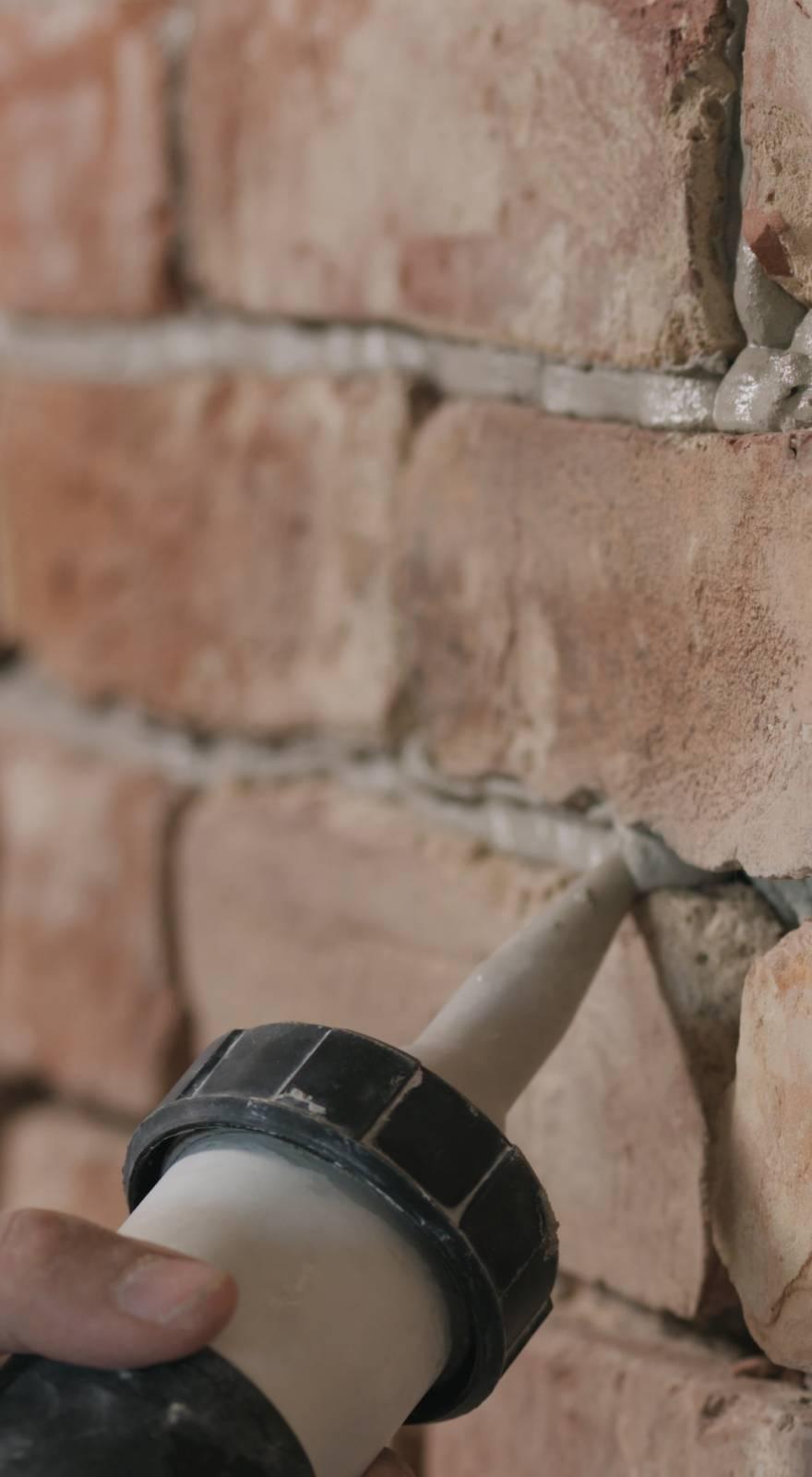Knowde Enhanced TDS
Identification & Functionality
- Product Type
- Technologies
- Product Families
Features & Benefits
- Ready-to-Use Product Features
Applications & Uses
- Markets
- Basic Uses
PSI-590 Primer is applied to metal, ceramics, glass, glazed surfaces and various plastics, including polyester, polystyrene, PVC (rigid and flexible), and EPDM to provide high-strength adhesion for PSI sealants. It can also be used on wood, concrete, and masonry surfaces where a non-staining primer is necessary. Because of the wide variability of substrates, it is recommended that product performance be confirmed by pretesting primer and sealant on project surfaces prior to use.
- Applications Limitations
If sealant cannot be installed within 8 hours of application, reapply primer.
Keep cans tightly closed when not in use as primer will deteriorate when exposed to moisture.
Do not apply over wet or damp substrate.
Do not apply primer to backer rod to prevent three-sided adhesion.
Flashpoint 105.8°F (41°C)- How to use
Surface preparation
Surfaces to which primer is to be applied must be clean, dry and free of oil, grease, wax, laitance, loose aggregate, rust, corrosion, mastic compounds, waterproofing compounds, release agents, and previously applied sealants
Application
Apply primer by brush or roller in a thin continuous film. Avoid pools, runs and drips. Primer should always be applied within the joint confines as product on exposed substrate may discolor or change the substrate’s refractory value. Exposed surfaces can be masked prior to application to prevent application to nonjoint surfaces. Any primer applied outside of the joint should be removed immediately with mineral spirits. Allow primer to dry completely before application of sealant. At 70°F (21°C), drying time is approximately 1 hour; at cooler temperatures, drying time will be slower. If the primer application is allowed to remain open more than 8 hours, reapply a very thin coat of primer.
Cleanup
Equipment can be cleaned immediately after use with mineral spirits or isopropyl alcohol. When using flammable solvents, consult manufacturer's SDS for safety precautions.
Properties
- Typical Properties
| Value | Units | Test Method / Conditions | |
| Consistency | Colorless liquid | - | - |
| Density | 6.7 (0.78) | lb/gl ( g/cm3)) | - |
| Dry Time From Priming To Sealant Applicion, Dependent On Ambient Temperure And Relive Humidity | 30 minutes to 3 | hours | - |
| Open Time | 8.0 | hours | - |
| Specific Gravity | 0.8 | - | - |
| Voc Content | 6.5 (779) | lb/gl ( g/L)) | - |
Technical Details & Test Data
- Technical services
Adhesion testing by PSI: This program is intended to eliminate potential field-application problems by pre-testing the adhesion of PSI's construction sealants on samples of building materials submitted by the customer. The tests will aid in determining the proper surface preparation method, effective solvents for cleaning and whether priming is necessary to achieve optimum adhesion. Following this procedure will remove many of the variables that affect field success. Test samples should be identified as to manufacturer, origin, designed use, building project, person and firm originating the request. Appropriate sketches of drawings showing the intended use can be helpful. Contact your PSI sales representative for more information.
Jobsite testing of substrates: A field test can be performed by applying several feet of the sealant to a representative joint and letting it reach full cure. Make a cut in the cured sealant across the joint the entire depth of the sealant. Make two vertical cuts several inches long, paralleling the sides of the joint as closely as possible and extending down from the cross cut. Grasp the free length of sealant and pull at a 90° angle to determine if a good bond has developed. With good adhesion, the sealant will usually tear cohesively or be difficult to remove from the surface.
Safety & Health
- Health Precautions
Warning! Flammable liquid and vapor. Causes serious eye irritation. May cause respiratory irritation.
Packaging & Availability
- Packaging Type
- Packaging
Available in quart (946 ml) cans.
Storage & Handling
- Shelf life and storage
One year from date of shipment when stored in original, unopened container at temperatures between 40°F and 80°F (4°C to 27°C).




